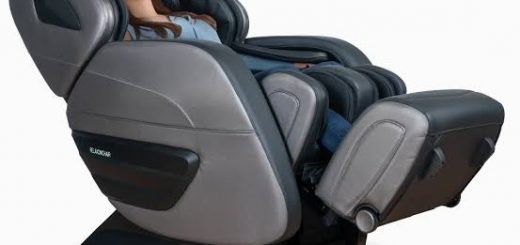Information About Maori Tattoos
One of the most recognizable forms of Maori art today is ta moko, or the maori tattoo. What was special for the Maoris were their facial tattoos. Their facial tattoos were quite individual, though held within traditions, so the tattoo told who the person was – family ties, status in the society, etc. When the first Europeans came to New Zealand, and needed documents signed, the Maoris did not have a written language, but signed by drawing their mokos. The tattoo told exactly who they were. Thus one should be very careful not to simply copy the Maori designs. But to use them as inspiration – like anything else, is perfectly OK by me!
The traditional form of ta moko differs from contemporary tattooing because the skin was carved by albatross bone chisels known as uhi rather than punctured like a tattoo, says Te Ruki. This left the skin covered with grooves, which could take up to six months to heal. During that time, certain things were prohibited in order to minimise the potential for infection – particularly the eating of solid foods and sexual relations.
And because the person receiving their moko had to be cared for by others during this period, full-face moko and other more elaborate designs were generally reserved for highstatus persons within the tribe, such as the chief and his family and great warriors.
Today, few people have the time for incised designs, with most opting to have traditional artwork inked with a conventional tattoo gun. It can take an hour-and-a-half to do a woman’s chin design, or a couple of days to do a man’s facial design, which is done half the face at a time. But the end result is still a striking example of Māori art and tradition.
The Tattooing Process
Tattoos might cover the entire face for a man, and the chin and lips and possibly the forehead for a woman. Moko on other areas were rare for women, but men often had spirals tattooed on their buttocks as well as other designs on their arms and legs. No two moko were ever exactly alike.
The moko fell roughly into two categories in terms of design. There was the puhoro where the background was blackened, and the lines left clear, and the normal design, in which the lines were blackened. Tattoo chisels were made of shark’s teeth, or sharpened stone or bone, and the pigment from charcoal, or the ash of a particular fungus that grew from a caterpillar carcass.
The moko were carved by a special artist, who would learn this art by practicing on people who could not afford to hire a more experienced tattooist. The process of creating moko was a sacred one, and the people who were receiving the moko could not eat with their hands, or talk to anyone who wasn’t also undergoing the same procedure while it was happening.
Creating a moko was a long and painful process, but the participants were expected to remain silent and nonchalant as a demonstration of their courage. The chisel cut so deeply it would occasionally cut through the cheek entirely. The wounds bled and were inflamed, and in consequence, only small parts of body were done at a time. In order to display a moko design fully, Maori men would pluck their beards.
Traditional Maori Tattoos: Ta Moko
Maori tattoo art is different from traditional tattooing in that sense that the Maori tattoo was carved into the skin with a chisel, instead of punctured.
Traditional Maori tattoos are known in the Maori language as ta moko:
Ta Moko
literally the words ta moko translate as to strike or to tap. The term refers to the process of tattooing in the Maori traditions.
Moko
The tattoo design itself – the finished product.
The Maori tattoo consists of bold spiral designs covering the face, the buttocks and the legs of the Maori men.
Maori women were usually tattooed on the lips and chin and in some cases on the neck and the back.
Tattooing has a sacred significance the Maori tattoo design itself, and the long and painful process of acquiring the tattoo (Maori tribe tattooing was done with bone chisels).
Maori Tattoo Equipment
Instead of needles, the Maori people used knives and chisels (uhi), either smooth or serrated, and the ink was applied by means of incisions. The uhi was made from an albatross bone.
Two kinds of tattoo ink were used
- The tattoo ink for the body color was made from an organism that is half vegetable, half caterpillar (the caterpillar is infected by a certain kind of fungus that starts growing out of its head, killing the caterpillar).
- The darker, black tattoo ink used for the face was made of burned wood.
By the end of the 19th century, other tattoo equipment like tattoo needles began to set in.

